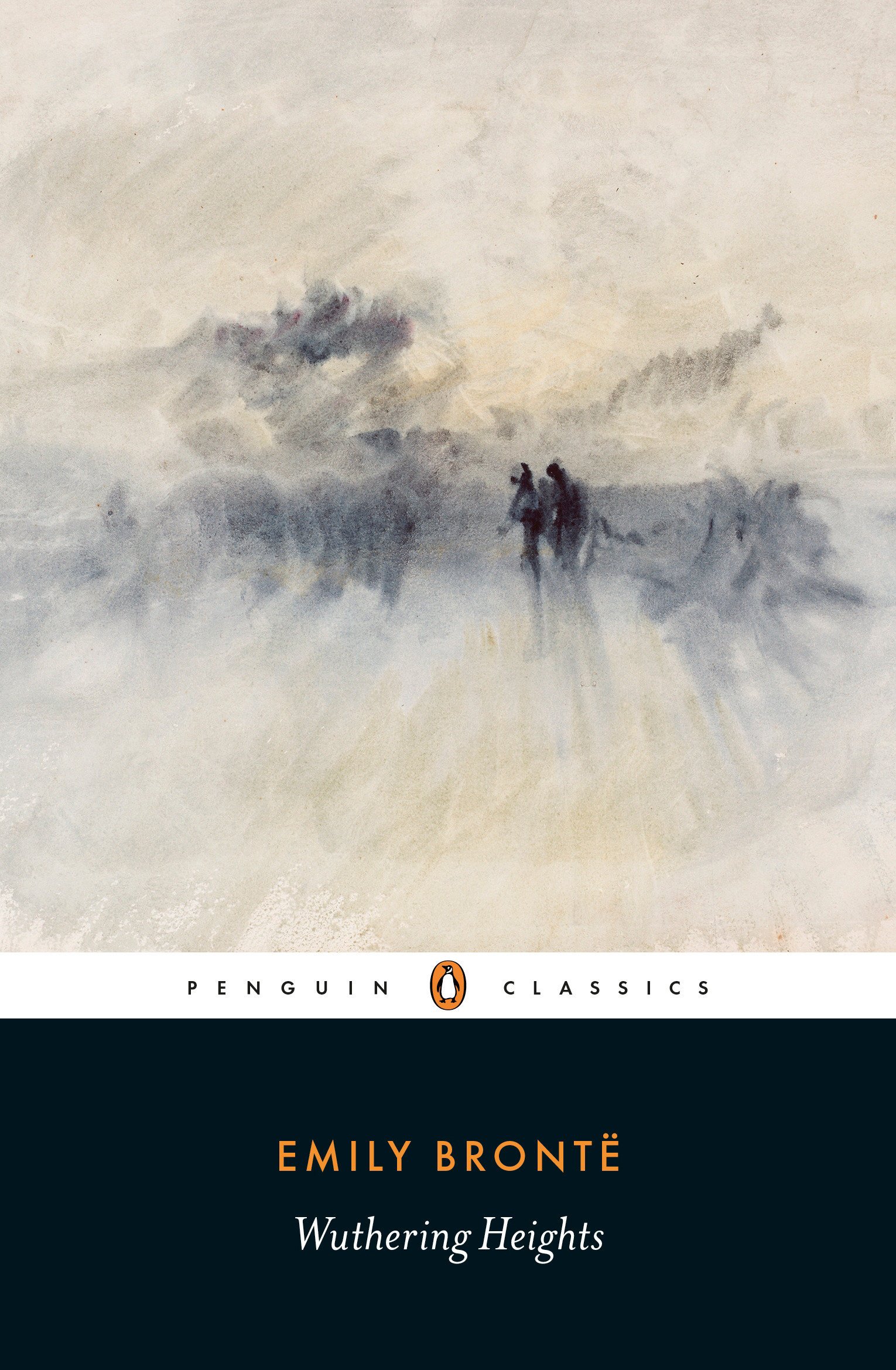Gulliver’s Travels by Jonathan Swift
Gulliver’s Travels by Jonathan Swift for Beginners
Let's Chat

About This Book
Introduction
Gulliver’s Travels is an exciting and adventurous book written by Jonathan Swift. It tells the story of a man named Gulliver who goes on amazing journeys to different lands and meets strange creatures.
Review
In this book, Gulliver travels to many different places. He first goes to a land called Lilliput, where the people are tiny and he becomes a giant among them. Then, he visits a land called Brobdingnag, where the people are huge and he becomes very small. Gulliver also goes to a land of floating islands called Laputa and a land ruled by intelligent horses called Houyhnhnms.
Each place Gulliver visits is very different and has its own unique adventures. He meets interesting characters and encounters many challenges along the way. The book is full of exciting and sometimes funny moments that will keep you entertained.
Analysis
Gulliver’s Travels is not just a fun adventure story, it also has deeper meanings. It talks about how people can be different from each other and how we should respect and understand those differences. It also shows us that sometimes, even though we may be different, we can still find ways to get along and help each other.
The book also criticizes some of the problems in society during the time it was written. It talks about how people can be greedy, selfish, and dishonest. It encourages us to think about how we treat others and how we can make the world a better place.
About the Author
Jonathan Swift was a famous Irish writer who lived a long time ago, in the 18th century. He wrote many books and poems, but Gulliver’s Travels is one of his most famous works. Swift was known for his clever and satirical writing, which means he used humor and sarcasm to criticize society. His writing is still loved and read by many people today.
Gulliver’s Travels by Jonathan Swift for Advanced Learners
Let's Chat

About This Book
Introduction
“Gulliver’s Travels” is a satirical novel written by Jonathan Swift, first published in 1726. The full title of the book is “Travels into Several Remote Nations of the World, in Four Parts. By Lemuel Gulliver, First a Surgeon, and then a Captain of Several Ships.” The novel is a classic example of travel literature, with the protagonist, Lemuel Gulliver, embarking on four distinct voyages to fictional lands. Each of these voyages offers Swift an opportunity to satirize different aspects of human nature, society, and the way we perceive the world.
Review
“Gulliver’s Travels” is a fascinating blend of adventure, humor, and profound cynicism. Swift uses the fantastical elements of the story to create a mirror for the follies and vices of mankind. The book is divided into four parts, each detailing a different journey of Gulliver.
In the first part, Gulliver is shipwrecked on Lilliput, where he encounters a race of people just six inches tall. The second voyage takes him to Brobdingnag, a land of giants where he himself is the miniature. The third voyage leads him to Laputa, a floating island inhabited by theoretical scientists and philosophers, and the fourth and final voyage takes him to the land of the Houyhnhnms, a society of intelligent, rational horses.
Throughout these travels, Swift uses satire and irony to critique human nature, politics, science, and the pursuit of knowledge. The book is not just an adventure story, but a profound commentary on the human condition.
Analysis
Swift’s “Gulliver’s Travels” is a complex work of satire. The author uses the fantastical voyages of Gulliver to expose the absurdities of society and human nature. Each of the four parts of the book serves as a critique of different aspects of humanity.
In Lilliput, Swift satirizes politics and the pettiness of disputes between nations. In Brobdingnag, he critiques human pride and vanity, as Gulliver’s small size makes him insignificant in the eyes of the giants. The voyage to Laputa is a critique of impractical and detached intellectual pursuits, while the final voyage to the land of the Houyhnhnms presents a damning view of mankind’s capacity for reason and morality.
Swift’s biting satire is often humorous, but it also carries a deep sense of disillusionment and cynicism. The book challenges the reader to reflect on the follies and vices of humanity, making it a thought-provoking read.
About the Author
Jonathan Swift was an Anglo-Irish satirist, essayist, political pamphleteer, poet, and cleric who became Dean of St Patrick’s Cathedral, Dublin. Born on 30th November 1667, Swift is remembered for works such as “A Tale of a Tub” (1704), “An Argument Against Abolishing Christianity” (1712), “A Modest Proposal” (1729), and of course, “Gulliver’s Travels” (1726).
Swift’s writing was characterized by his sharp wit, use of irony, and keen understanding of human nature. His works often critiqued and satirized society, politics, and human folly, making him one of the most influential satirists in English literature. Despite the often humorous tone of his writing, Swift’s works also convey a deep sense of cynicism and disillusionment with the human condition. He died on 19th October 1745, leaving behind a rich legacy of satirical literature.








